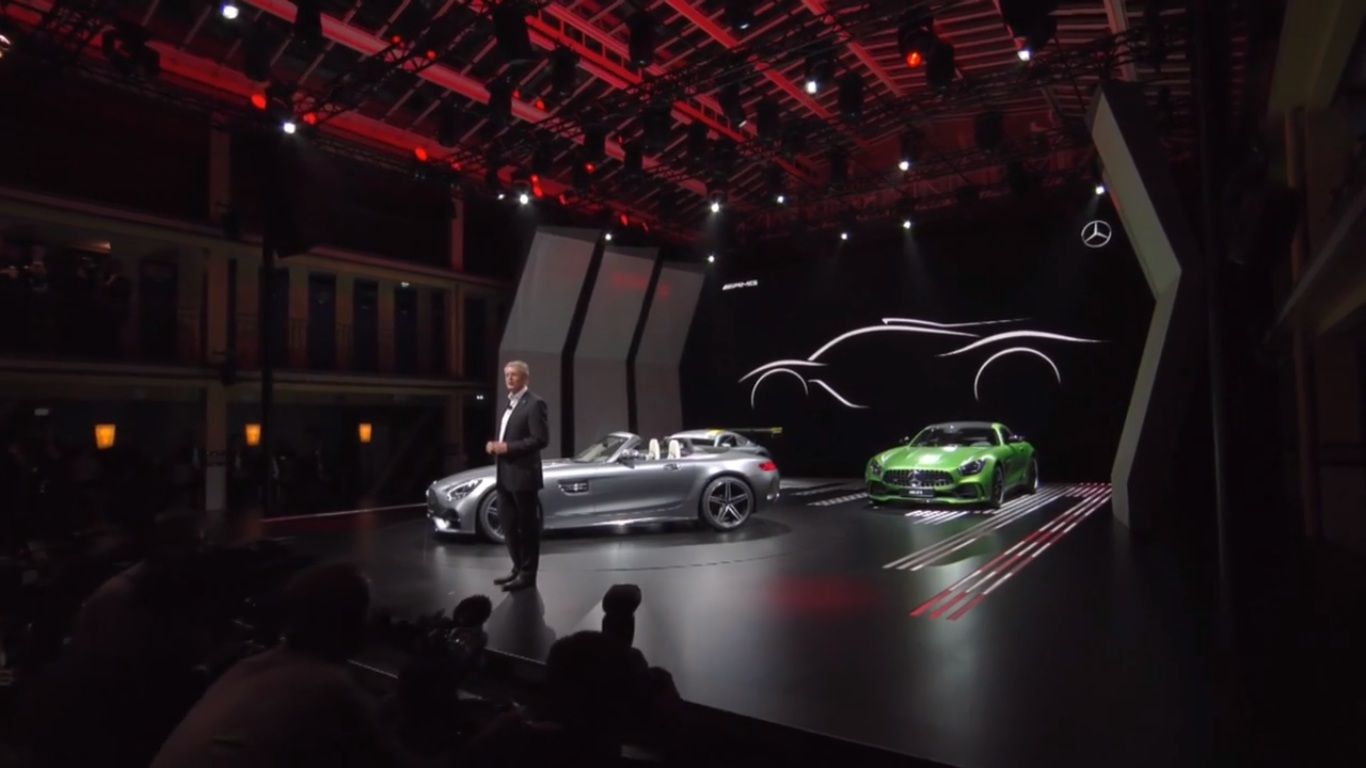All the hype surrounding Mercedes-AMG’s upcoming hybrid hypercar has led to a flurry of speculation about every corner and crevice of the yet-to-be-named machine. One particular piece of detail we can at least rest easy about now is the car’s engine, after none other than AMG boss Tobias Moers told Car Advice that the hypercar will not only use an F1-derived engine, but an actual F1 engine.
Should that be the case, the AMG hypercar will employ the 1.6-liter turbocharged V-6 engine with an electric drive and an Emergency Recovery System, the same engine currently being used by the Mercedes F1 W07 Formula One car. That’s startling news at the very least because Mercedes-AMG is effectively putting a Formula One engine into an actual road car that will be sold commercially, albeit in very limited quantities.
Needless to say, Mercedes-AMG isn’t just dropping the F1 engine into the AMG hypercar and calling it a day. Moers admitted that the company will have to “change some things” in order to account for differences in set-up between the two cars. But the AMG boss did say that the differences are manageable enough that the application could work under the right circumstances.
Moers didn’t say how much output the AMG hypercar would have, but given that Mercedes F1’s recent admission that its powertrain is capable of producing 1,000 horsepower in qualifying, that number should be a good baseline for the hypercar, putting it ahead of the Ferrari LaFerrari, McLaren P1, and Porsche 918 Spyder.
In separate news, it appears that the hypercar isn’t going to be a stand-alone model. In a conversation with Motor Trend, Jens Thiemer, vice president of marketing for Mercedes-Benz Cars group, indicated that the hypercar could actually find itself being a part of Mercedes’ recently-unveiled EQ sub-brand, as its halo model.
Continue after the jump to read the full story.
What's the deal with EMS and how does it affect the hypercar?
This is a legitimate question to ask since the system is arguably the most important aspect of the F1 engine’s equation. The technology behind a Formula One engine is obtusely complicated, but the important thing to remember about F1’s use of the ERS is that, in a nutshell, it can significantly improve a powertrain’s overall efficiency through a process that includes harvesting heat energy from the exhaust and kinetic energy from the brakes and turning them into electrical energy. In turn, it can be used to provide an extra output of 160 horsepower without compromising the powertrain’s efficiency and emissions numbers.
The process is crucial in the world of Formula One because it gives drivers an extra amount of power that it can use for about 33 seconds per lap. ERS acts more like a boost that way, similar to how nitrous oxide is used in drag racing, albeit in a far more efficient manner.
The question now is how Mercedes-AMG plans to use that application in the AMG hypercar. It seems safe to assume that it won’t have identical effects, as Moers himself suggested that the ERS would be applied more aggressively in the hypercar in order for AMG to get the desired results from it. The AMG boss did add that the road car could have a lower redline than the 15,000 rpm rev limit of the F1 car, purportedly to save the powertrain from being over-exerted by overzealous drivers.
Whatever scenario Mercedes-AMG takes, it’s clear that there are still more details about the AMG hypercar that's going to blow our minds away, so much so that the other significant new items about the car -- it’s going to be made using carbon fiber and the potential for it to fall under the EQ sub-brand -- seem insignificant by comparison.
Mercedes-AMG hypercar
Read our full review on the Mercedes-AMG hypercar here.

